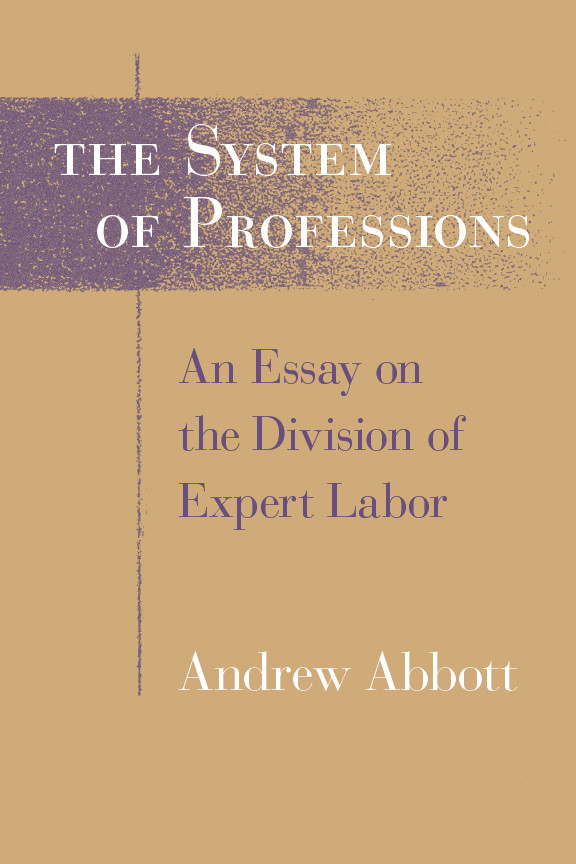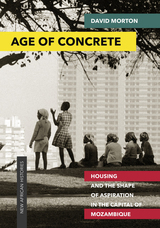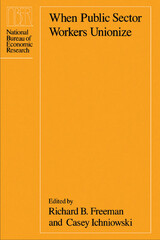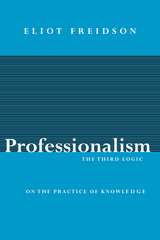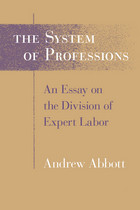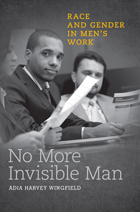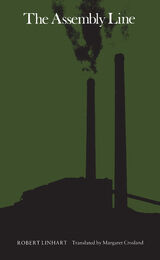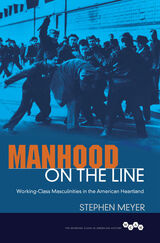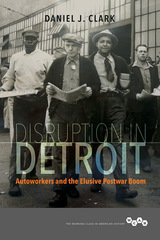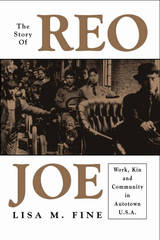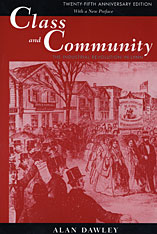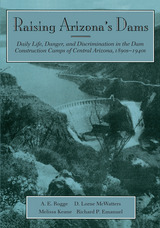The System of Professions: An Essay on the Division of Expert Labor
University of Chicago Press, 1988
eISBN: 978-0-226-18966-6 | Paper: 978-0-226-00069-5 | Cloth: 978-0-226-00068-8
Library of Congress Classification HD8038.U5A615 1988
Dewey Decimal Classification 331.71209
eISBN: 978-0-226-18966-6 | Paper: 978-0-226-00069-5 | Cloth: 978-0-226-00068-8
Library of Congress Classification HD8038.U5A615 1988
Dewey Decimal Classification 331.71209
ABOUT THIS BOOK | AUTHOR BIOGRAPHY | TOC | REQUEST ACCESSIBLE FILE
ABOUT THIS BOOK
In The System of Professions Andrew Abbott explores central questions about the role of professions in modern life: Why should there be occupational groups controlling expert knowledge? Where and why did groups such as law and medicine achieve their power? Will professionalism spread throughout the occupational world? While most inquiries in this field study one profession at a time, Abbott here considers the system of professions as a whole. Through comparative and historical study of the professions in nineteenth- and twentieth-century England, France, and America, Abbott builds a general theory of how and why professionals evolve.
See other books on: Abbott, Andrew | Essay | Great Britain | Professions | System
See other titles from University of Chicago Press
